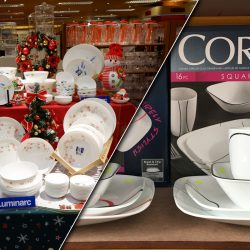Are you struggling to choose between opal glass and bone china for your dinnerware needs?
These two materials have been gaining popularity for their durability and elegance, but which one is right for you?
In this article, we'll dive into their key differences so you can make an informed decision and elevate your dining experience.
What is Opal Glass?
Opal glass, also known as milk glass, is a type of glass that is made by adding bone ash, tin dioxide, or antimony compounds to the glass mixture.
The addition gives the glass a white, opaque appearance similar to porcelain or china.
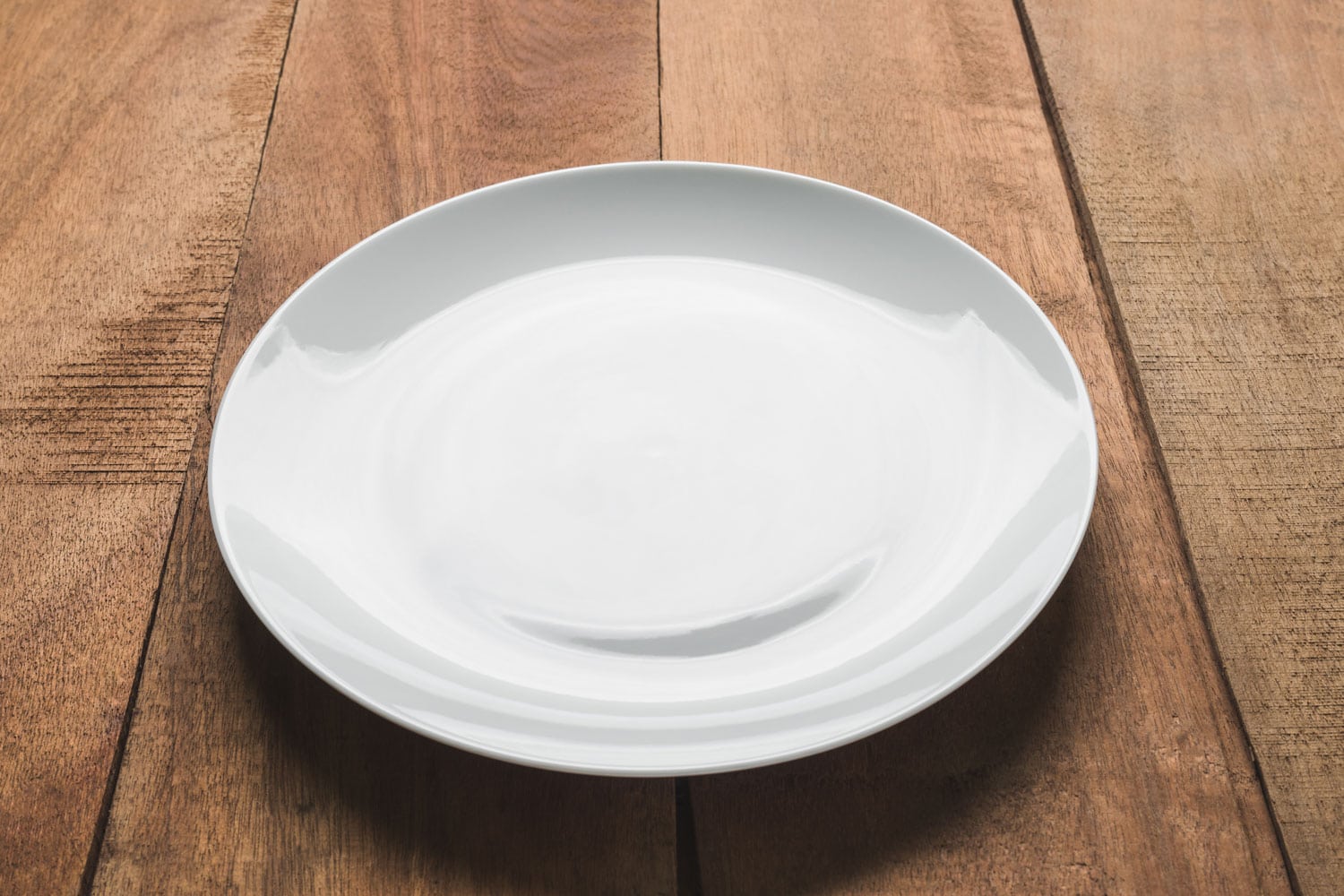
One of the main benefits of opal glass is its durability - it's highly resistant to breaks, cracks, and thermal shock.
Additionally, opal glass is non-porous, non-toxic, and chemical-free, making it 100% safe for food use.
What is Bone China?
Bone china is a type of porcelain that is known for its strength and durability.
It is made by mixing bone ash with porcelain clay and firing it at a high temperature.
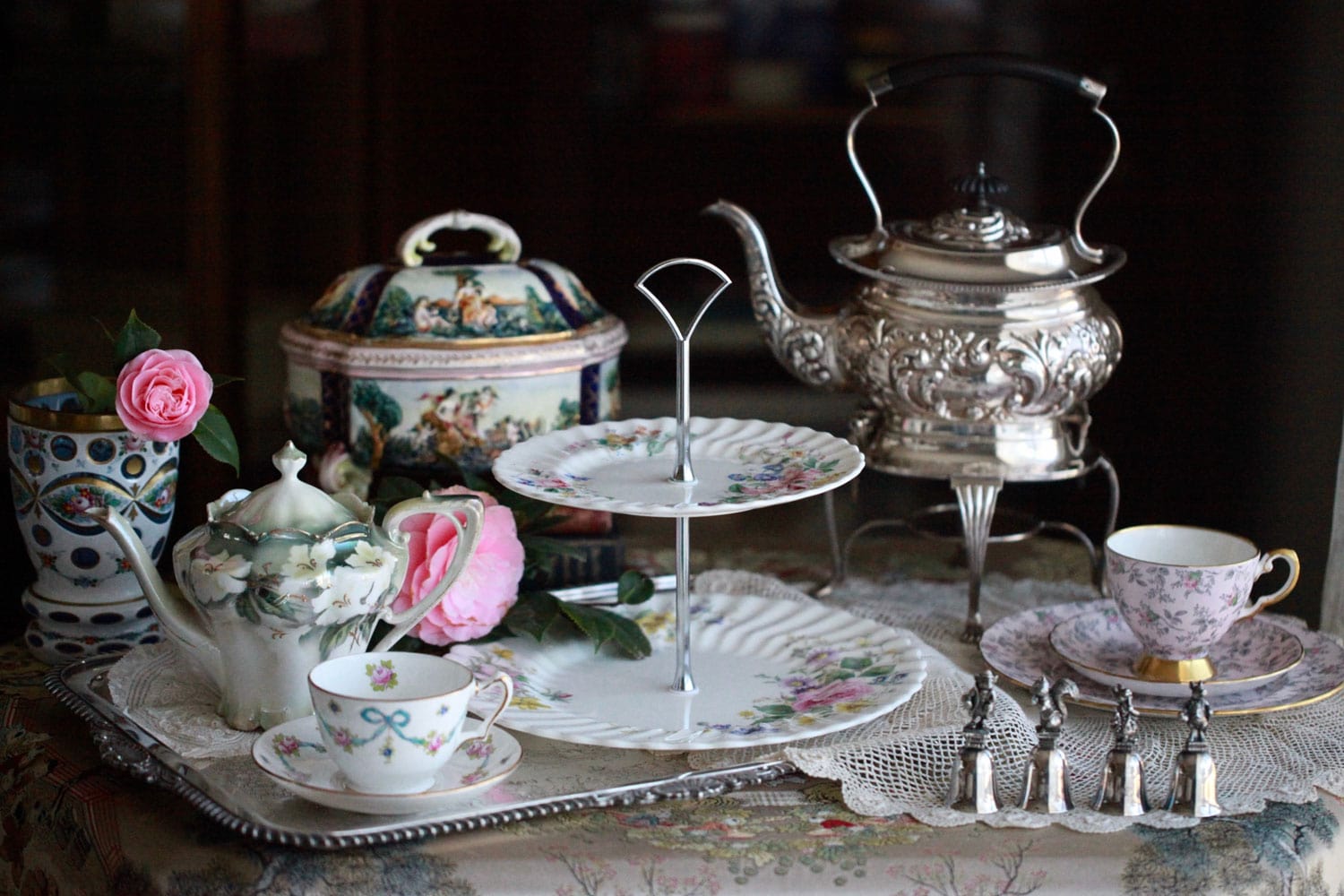
Despite its delicate appearance, bone china is the most robust and durable ceramic dinnerware.
It is less likely to chip or crack than other porcelain or ceramic dinnerware types.
Be sure to read: What Are the Best Lightweight Plates for the Elderly and Arthritis? Discover Our Top Picks!
Opal Glass vs. Bone China: Key Differences
Material
Opal glass is a 100% glass material that has been treated with heat and chemicals to enhance its thermal shock resistance and non-porous nature.
On the other hand, Bone China is a type of porcelain made from a mixture of bone ash, feldspathic material, and kaolin clay.
Color
Opal glass gets its white color from adding bone ash, tin dioxide, or antimony compounds.
These mixtures are sometimes used in ceramic glazes to create a milky white color.
Bone china is known for its distinctive creamy white color, often described as "ivory."
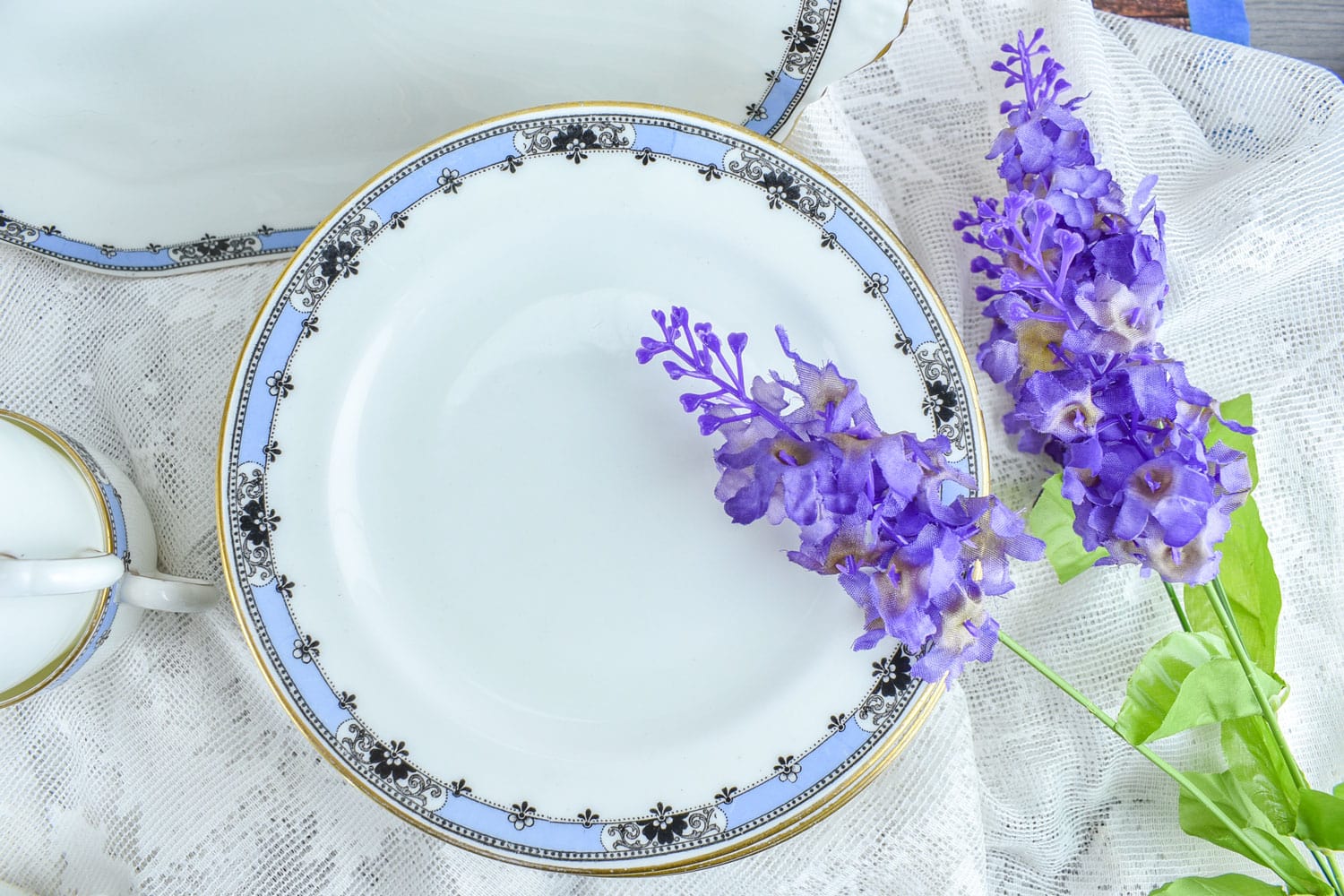
Its unique color comes from adding phosphate mixed with the bones, giving bone china its vivid color and glaze.
Opal glass is typically white but can also be found in other colors, such as blue, green, and pink.
On the other hand, bone china is often tinged with blue or gray unless it is specially treated.
Durability
When it comes to durability, both opal glass and bone china have their strengths.
Opal glass is incredibly resistant to breaks and cracks, making it an ideal choice for everyday use.
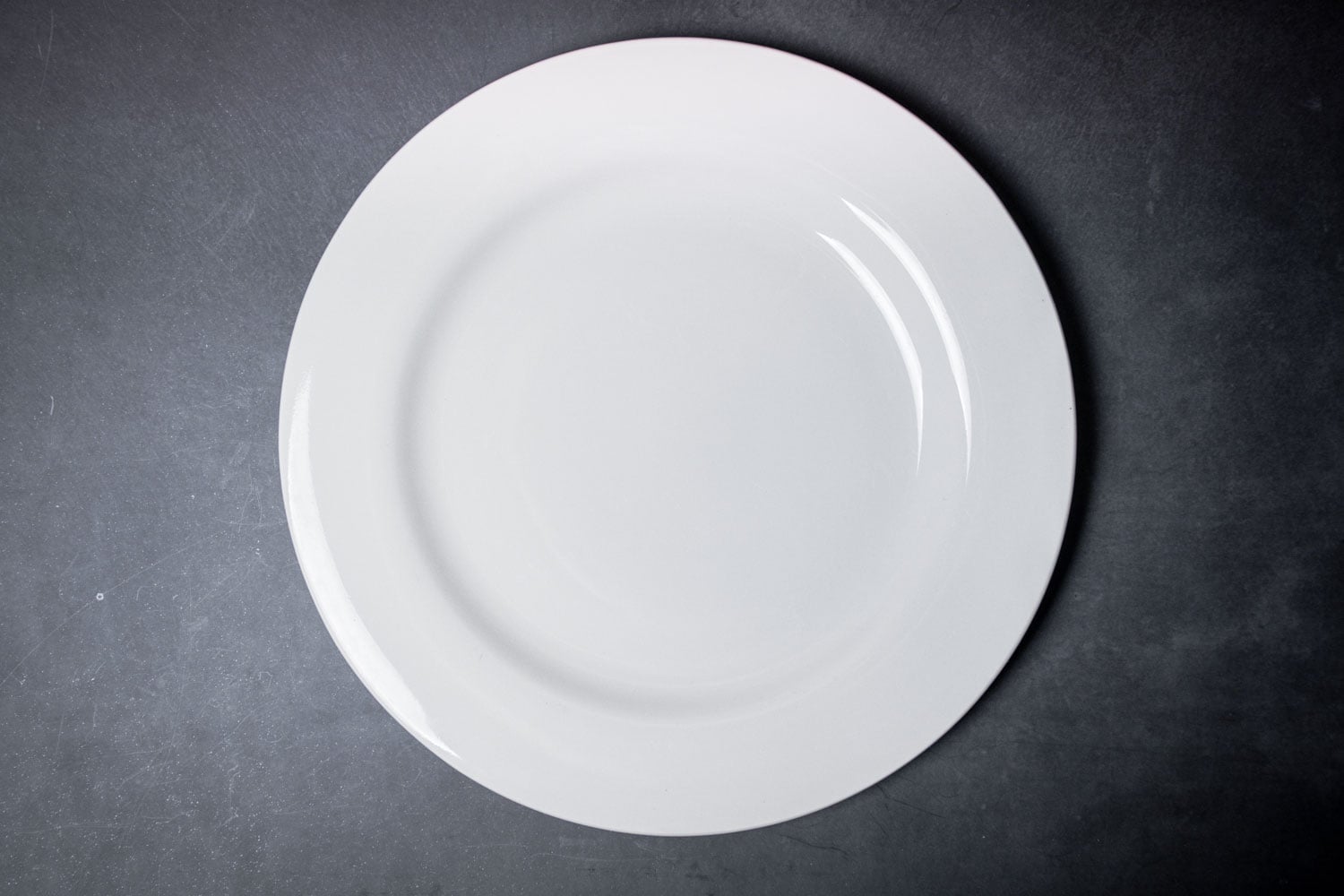
It can also withstand various changes in temperature without compromising its integrity.
Bone china, on the other hand, is also known for its strength and does not chip easily.
However, it does not offer the same level of thermal resistance as opal glass.
Thickness
Bone china is thinner and lighter than opal glass and any ceramic material, making it easier to handle and store.
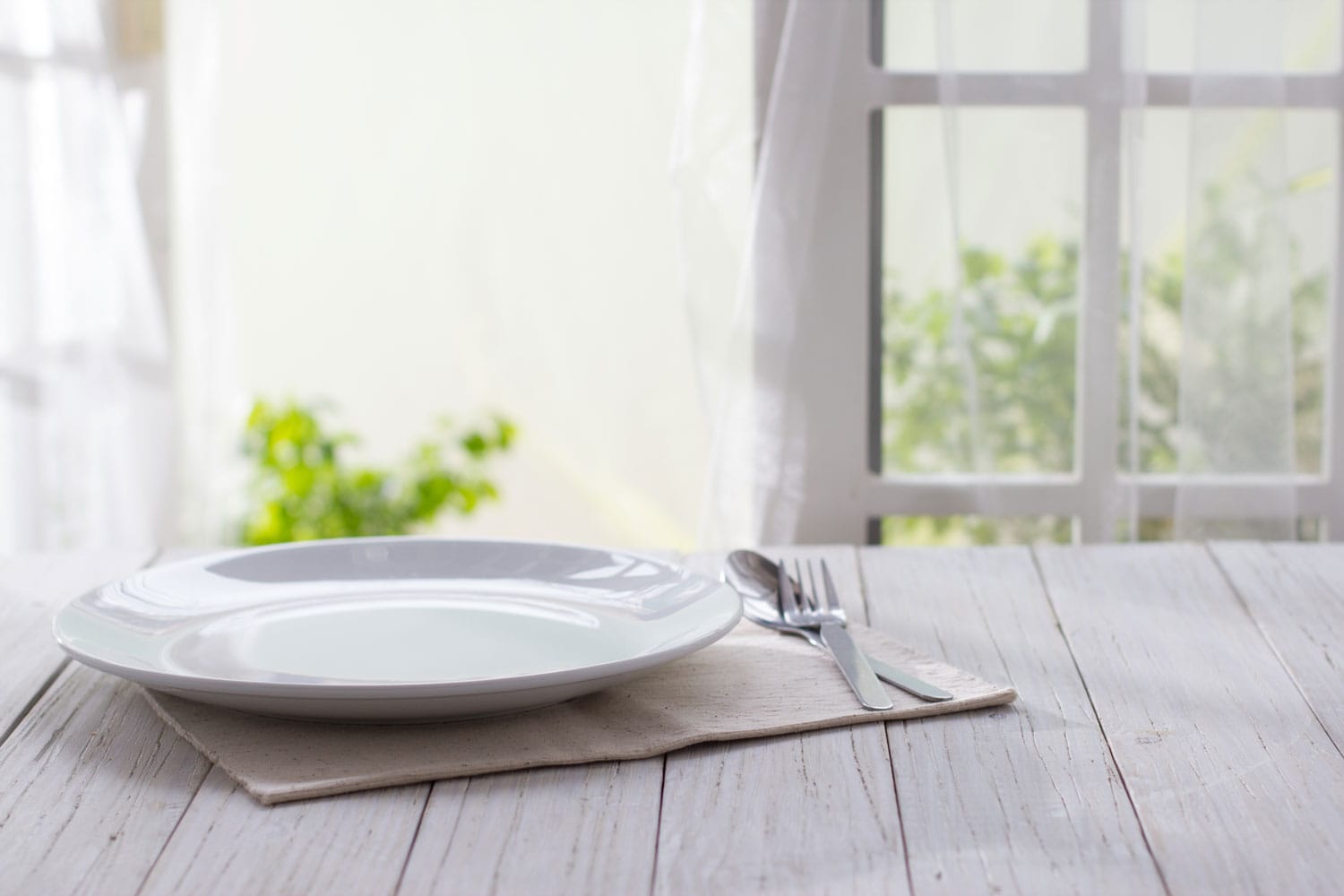
Opal glass, on the other hand, is thicker and heavier, giving it a more substantial feel.
Use
Opal glass and bone china share many similarities regarding practicality and convenience.
Both materials are versatile and can be used for casual and formal occasions, making them excellent options for any setting.
Additionally, both items are designed to be microwave and oven safe, allowing for efficient reheating of food.
Care and Maintenance
Opal glass and bone china are known for their high mechanical resistance and dishwasher-safe nature.
However, opal glass has an added advantage in care and maintenance.
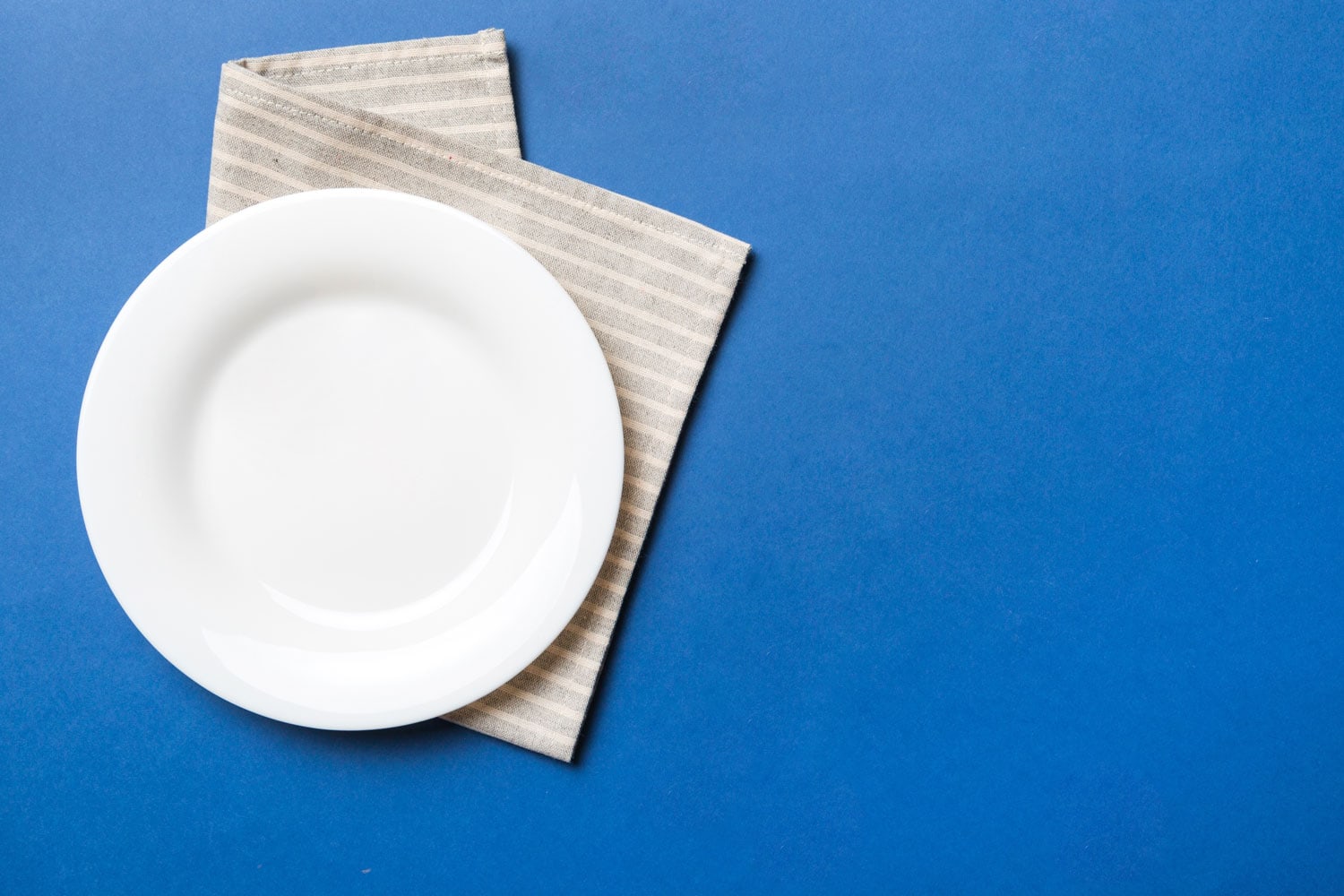
Unlike other materials, it does not absorb stains or odors, making it an excellent choice for those who value convenience and practicality.
On the other hand, bone china requires more care and attention to maintain its appearance.
Over time, the dishes can become stained and scuffed, detracting from their overall beauty.
Continue reading: What’s The Best Dinnerware For Both Microwave & Dishwasher?
Cost
Opal glass is generally less expensive than bone china, making it a more affordable option for everyday use.
Bone china is considered a luxury item and is more expensive due to its unique composition and production process.
Pros and Cons of Opal Glass
Here are the pros and cons of using opal glass in your kitchen.
Pros
- Durable: Opal glass can withstand high temperatures and sudden changes in temperature without breaking or cracking.
- Non-porous: Opal glass is non-porous, meaning it won't absorb stains, odors, or flavors.
- Food safe: Opal glass is non-toxic and chemical-free, making it 100% food safe.
- Affordable: Opal glass is generally more affordable than bone china or porcelain. You can get high-quality opal glass at a fraction of the cost of other materials.
Cons
- Breakable: While opal glass is durable, it is still breakable. If you drop a piece of opal glass, it can break or shatter.
- Less elegant: Opal glass looks more casual than bone china or porcelain. If you want something more elegant or formal, opal glass may not be the best choice.
- Limited design options: Opal glass is limited in design options - it's only available in a few primary colors and patterns.
Pros and Cons of Bone China
Below are the advantages and disadvantages of bone china.
Pros
- Elegant appearance: Bone china has a delicate and refined appearance that can add a touch of elegance to any table setting.
- Lightweight: Bone china is lightweight, making it easy to handle and use.
- Durable: Despite its delicate appearance, bone china can withstand a lot of wear and tear and is less likely to chip or break than other types of dinnerware.
- Heat retention: Bone china retains heat well, keeping your food warm for longer periods of time.
Cons
- Expensive: Bone china is typically more expensive than other types of dinnerware due to the high-quality materials used in its production.
- Fragile: Despite its durability, bone china is still fragile and can break or chip if not handled with care.
- Staining: Over time, your bone china dishes might develop stains due to regular use.
You might also like: Opalware Vs. Ceramic: Pros, Cons, & Major Differences
Is Opal Glass Microwave Safe?
Yes. Opal glass is microwave safe and can be used to heat up food without any risk of damage to the dinnerware.
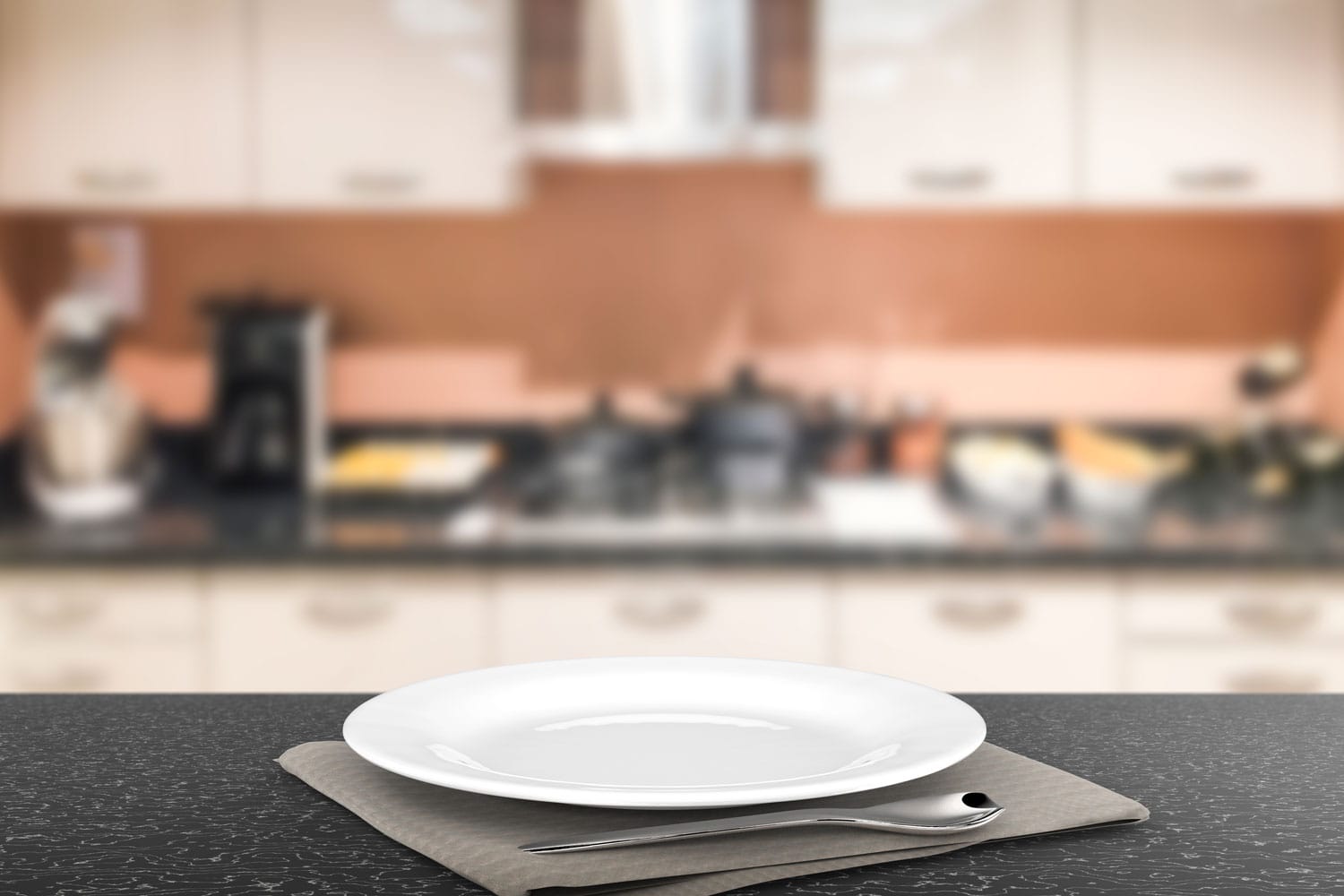
As mentioned, the material is thermal shock resistant, which means it can withstand sudden changes in temperature without cracking or breaking.
Is Opal Glass Breakable?
While opal glass is extremely resistant to breaks and cracks, it is not indestructible. It can still break or chip if dropped or hit with enough force.
However, it is much less likely to break than other types of glassware, making it a popular choice for households with children or pets.
Can I Use Bone China Every Day?
Yes, you can use bone china every day.
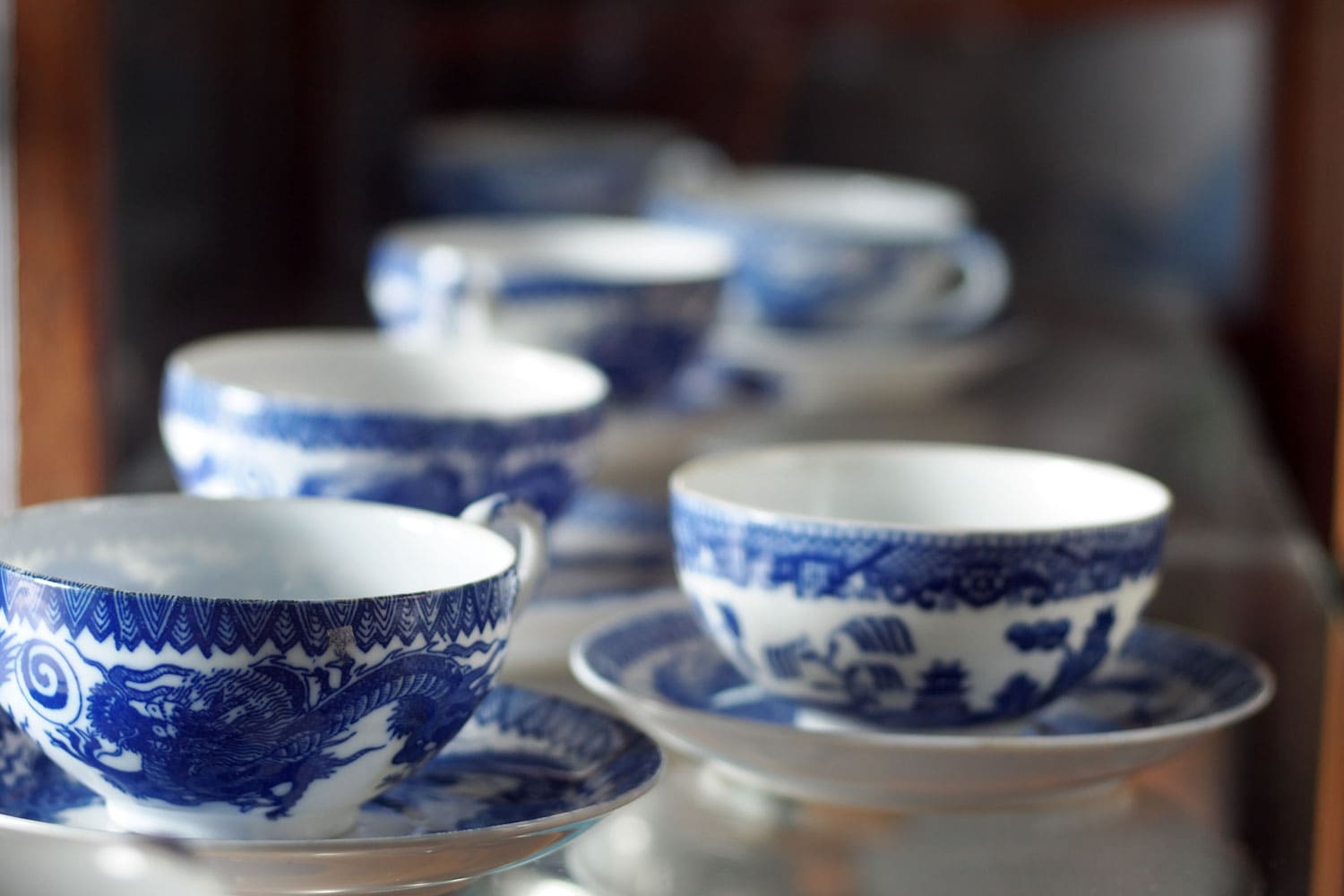
Despite its delicate appearance, bone china is actually the strongest and most durable ceramic dinnerware.
Most bone china is dishwasher-safe and can be used in the microwave and oven as well.
Why is Bone China So Expensive?
Bone china is one of the most expensive types of dinnerware on the market. But why is that? Well, there are a few reasons for this.
Firstly, bone china is made from a mixture of bone ash, feldspar, and kaolin.

These materials are more expensive than those used to make other types of dinnerware, such as stoneware or earthenware.
Secondly, the manufacturing process for bone china is more complex than the process for other types of dinnerware.
It requires a high level of skill and expertise to produce bone china, which adds to the cost.
Lastly, bone china is known for its high levels of whiteness and translucency, which is achieved by firing it at a high temperature.
The process is time-consuming and requires a lot of energy, contributing to bone china's high cost.
So, while bone china may be more expensive than other types of dinnerware, it is also known for its durability, strength, and beauty.
The Verdict: Which is Better, Opal Glass or Bone China?
Now that we've explored the similarities and differences between opal glass and Bone China, it's time to answer the question:
Which is better for your kitchen?
If you're looking for a durable and high-quality material ideal for everyday use, opal glass is a great option.
Plus, it's more affordable than bone china.
However, if you're looking for a more elegant and sophisticated material, bone china is the way to go.
It has a delicate translucency appearance, which makes it perfect for formal occasions.
Whether you prioritize durability and convenience or elegance and refinement, both materials offer unique benefits that can enhance your dining experience.
So, take your pick and enjoy your new dinnerware!

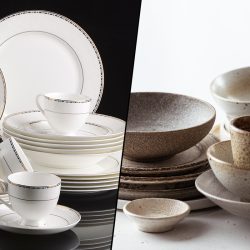
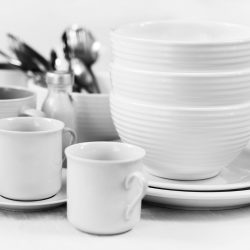
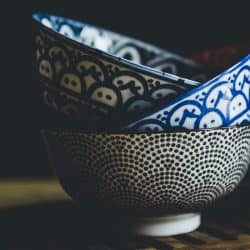

![A stack of vintage floral plates with silver teaspoons on a table near lace doilies - Corelle Vs Porcelain Vs Stoneware: Differences, Pros, And Cons [Which Is Best For You]](https://kitchenseer.com/wp-content/uploads/2022/09/A-stack-of-vintage-floral-plates-with-silver-teaspoons-on-a-table-near-lace-doilies.-250x250.jpg)
